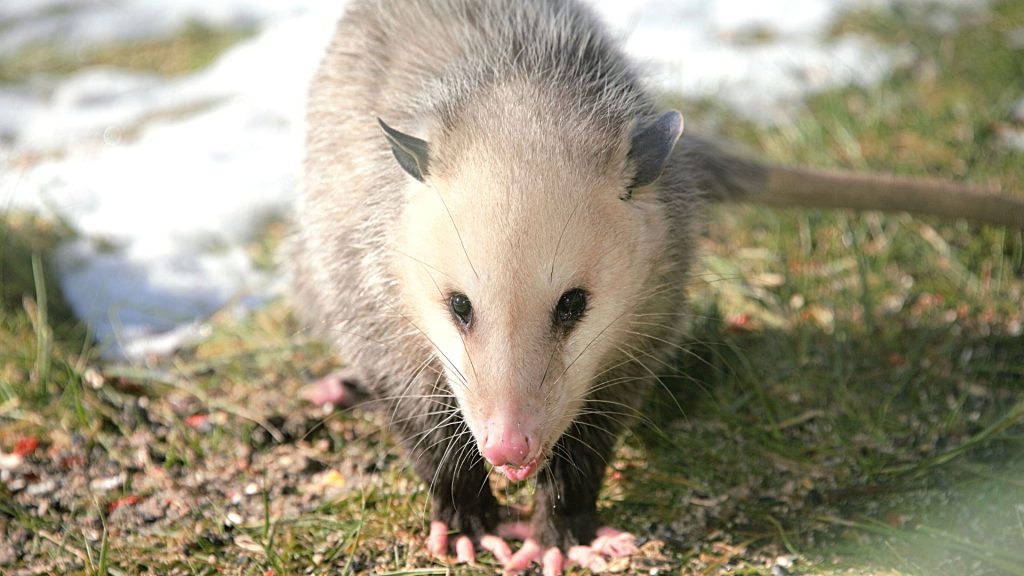A surprising amount of pollution begins within our own homes. From the cars we drive to the household and personal care products we purchase, and even the chemicals used in maintaining our lawns and gardens, all these contribute to air and water pollution. However, consumers can make choices that significantly reduce their environmental impact.
Consumer choices play a significant role in pollution, with household consumption responsible for the majority of global air and water pollution. By being mindful of how you use water, dispose of waste, drive, and manage energy consumption at home, you can take simple steps to prevent a substantial amount of pollution. Reducing pollution from your household not only contributes to a cleaner planet but also enhances your local environment.
Air Pollution: How to Prevent It
Consumers are responsible for a significant portion of the world’s greenhouse gas emissions, with some estimates attributing 60 percent of these emissions to consumer activities. Pollution prevention often boils down to consumer choices. Similar products can have vastly different environmental impacts. From the car you drive to the chemicals used for lawn care, your choices influence air pollution levels.
For example, in 2017, highway vehicles emitted 18.9 million tons of carbon monoxide, contributing to greenhouse gases and adverse health effects. Choosing more fuel-efficient vehicles and adopting eco-friendly driving habits can not only reduce emissions but also save you money on fuel. Additionally, scheduling deliveries to consolidate trips and maintaining your vehicle can further minimize air pollution.
Household Products and Energy Use
Consumer products, from kitchen cleaners to shampoos, can contribute significantly to urban air pollution. Volatile organic compounds (VOCs) in these products, when released into the atmosphere, can generate ozone and other pollutants. Selecting products labeled as “Low VOC” or those bearing the EPA’s “Safer Choice” label can minimize these emissions and improve indoor air quality.
Moreover, household energy use can be a major source of greenhouse gas emissions. Utilizing Energy Star certified products and adopting energy-efficient practices can significantly reduce your carbon footprint and lower your energy bills. Simple actions like turning off lights when not in use can make a substantial difference. By choosing energy-efficient appliances, you can save money and reduce emissions.
Lawn Care and Water Pollution
Lawn and garden equipment, while small, can contribute to significant air pollution. Gasoline-powered equipment can release pollutants, and even pouring gasoline into their tanks can cause air pollution. Switching to electric lawn mowers and using sealed gas cans can make lawn care more environmentally friendly.
Preventing water pollution is equally important. Polluted runoff and stormwater pose threats to clean water sources. Simple steps like picking up pet waste, keeping yard clippings out of storm drains, and fixing car leaks can help prevent water pollution. Additionally, using alternatives to toxic pesticides and fertilizers can reduce water pollution and promote healthier ecosystems.
PFAS Water Contamination
Per- and polyfluoroalkyl substances (PFAS) represent a grave concern in the realm of water contamination. These synthetic chemicals, known for their persistence and resistance to degradation, have infiltrated water sources worldwide, posing significant health and environmental risks. PFAS contamination arises from various sources, including industrial discharges, firefighting foams, and consumer products, gradually seeping into groundwater and surface water supplies. The adverse health effects of PFAS exposure, such as links to cancer, reproductive issues, and immune system disorders, have raised alarm and prompted extensive research and regulatory efforts to mitigate their presence in our drinking water. Addressing PFAS contamination remains a critical challenge for safeguarding public health and preserving the quality of our water resources.
Landfill Pollution and Waste Reduction
The United States generates a substantial amount of solid waste, with more than half ending up in landfills. Landfills not only take up valuable land but also emit landfill gases, including methane, a potent greenhouse gas. To reduce landfill waste, consider composting organic materials, recycling paper, glass, and cans, and opting for reusable products over disposables.
In conclusion, everyday consumer choices have a significant impact on pollution. By making environmentally conscious decisions in areas like transportation, product selection, energy use, lawn care, and waste management, individuals can contribute to a cleaner and healthier planet. Reducing pollution starts at home, and every effort counts in preserving our environment for future generations.
Want more ideas?
This is a guest post from ConsumerNotice.org. Click over to their website for an extensive blog with more environmental health ideas.

Consumer Notice is a consumer advocacy organization that informs the public about the health and safety risks associated with defective products, environmental dangers and other hazards and presents legal options to those who have been injured through the fault of another person or entity.




